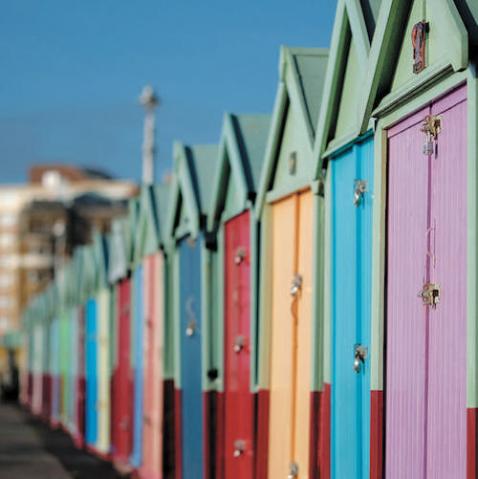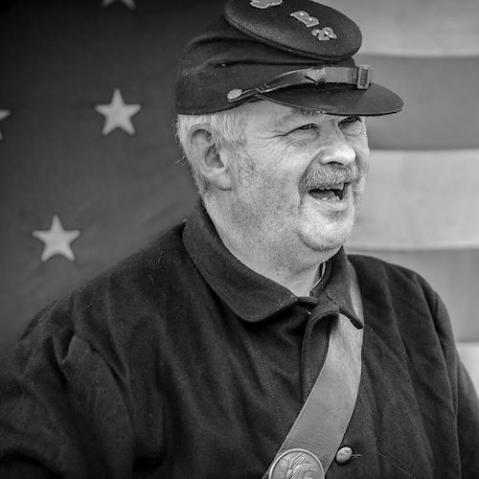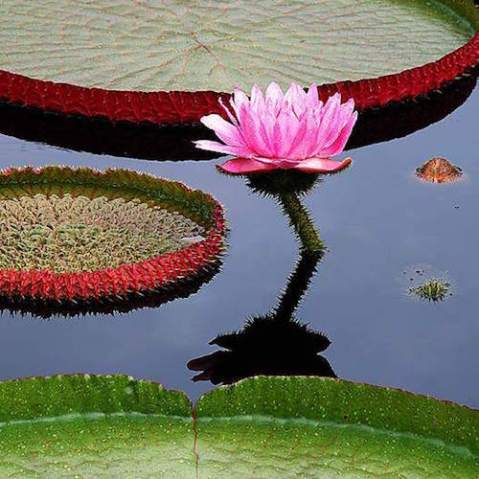What works in black and white?
Even the most experienced and dedicated black-and-white photographers often question themselves about what works best in black and white. After all, does the black-and-white enthusiast really think differently when he or she looks through the viewfinder and presses the shutter release? Is it possible to see in black and white at that point? It’s a highly contentious question, and—if you’ll forgive the obvious pun—it’s one to which there are no black-and-white answers.

At the extremes, some pictures are inherently monochrome while others are all about color. A colorless, wintry scene is inevitably black and white, while a sunset’s glory is all about the sheer beauty of warm colors. But the vast majority of scenes and almost all subject matter lie between those points. Would Cartier Bresson’s pictures have been any less arresting if they had been in color? Or Mapplethorpe’s nudes any less striking? Perhaps, but the point is certainly arguable. Indeed, thinking of the latter, near the end of his life Mapplethorpe produced beautiful studies of flowers, some in color and some in mono, and deciding between them is a very tough call. Thinking back to that imaginary wintry landscape, might its strength not lie more in its composition than in its absence of color? In short, a well-composed picture, with interesting subject matter, will be great in black and white, if that’s what you prefer.
Taking the point further, think of Ansel Adams’s Clearing Winter Storm. It is a glorious black-and-white image, with a complete range of tones, and superbly printed to emphasize the storm and reveal interesting detail throughout the frame. It’s perhaps the black-and-white icon. But you can now park your car close to Adams’s viewpoint, and many photographers have produced fine color versions of exactly the same scene.

Alternatively, consider Steve McCurry’s equally memorable color photograph—a picture so iconic one barely needs to say it’s the one of the Afghan girl from the National Geographic cover. The picture works partially because of the wonderful green of the girl’s eyes, the complementary reds of her shawl, and the greens showing through its holes and in the background. But those eyes look no less haunting, and nor is the photograph any less perfect, in black and white.
For today’s digital black-and-white photographer, shooting in color means you are no longer restricted by the type of film that happens to be in your camera when you raise it to your eye. You can consider the picture at leisure on your monitor and—by quickly cycling through the color channels—present yourself with three often widely differing grayscale interpretations to help you decide if your picture works in black and white.

It’s not an avoidance of responsibility to doubt that there’s any real answer to what works best in black and white, nor to question whether one can really “see” in mono. It’s actually more liberating for those whose preference happens to be black and white. A well-composed picture, with interesting subject matter, is perfect for black and white. Just go out, shoot photos, and set aside philosophical niceties. You might just surprise yourself.
101 Top Tips for Black & White Digital Photography is John Beardsworth’s exploration of the most powerful techniques for converting your colour shots into stunning, high-quality black-and-white photos, with detailed explanations of how each tool works and why you should try it on your own images. In addition to providing an abundance of step-by-step instructions with brilliant imagery, Beardsworth also teaches the aesthetic value of black and white, and how to visualize the creative potential of each shot.
[one_whole boxed=”true”]
 101 Top Tips for Black & White Digital Photography, by John Beardsworth
101 Top Tips for Black & White Digital Photography, by John Beardsworth
£6.99 Download the PDF now!
This PDF version retains the styling of the original print book.
RRP for print edition: £14.99
[button color=”Accent-Color” size=”small” url=”https://www.ilexinstant.com/product/101-top-tips-for-black-white-digital-photography/” text=”Digital Edition”] [button color=”Accent-Color” size=”small” url=”http://www.amazon.co.uk/dp/1908150904?tag=ilexpresscom-21&camp=1406&creative=6394&linkCode=as1&creativeASIN=1908150904&adid=1RBP7VCJ0BNN4TY98XQ5&&ref-refURL=http%3A%2F%2Fwww.ilexinstant.com%2Fproduct%2F101-top-tips-for-black-white-digital-photography%2F” text=”Amazon UK (Print)”]
[button color=”Accent-Color” size=”small” url=”http://www.amazon.com/Tips-Black-White-Digital-Photography/dp/1908150904/ref=as_li_qf_sp_asin_til?tag=ilexinst-20&linkCode=w00&creativeASIN=1908150904″ text=”Amazon USA (Print)”]
[/one_whole]






